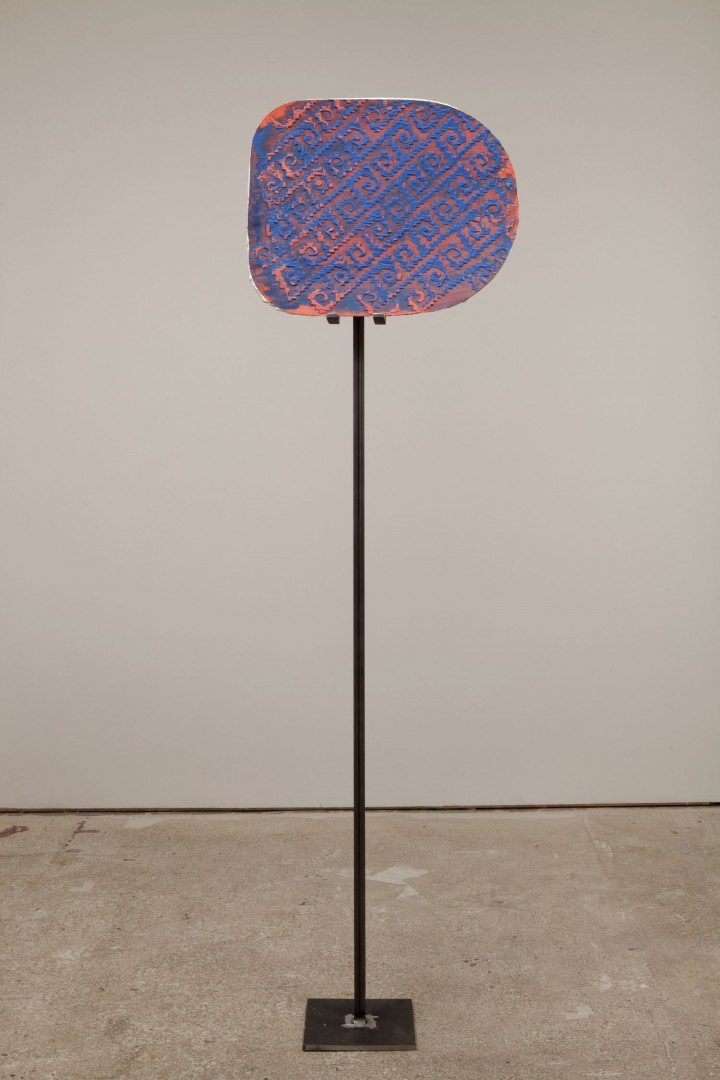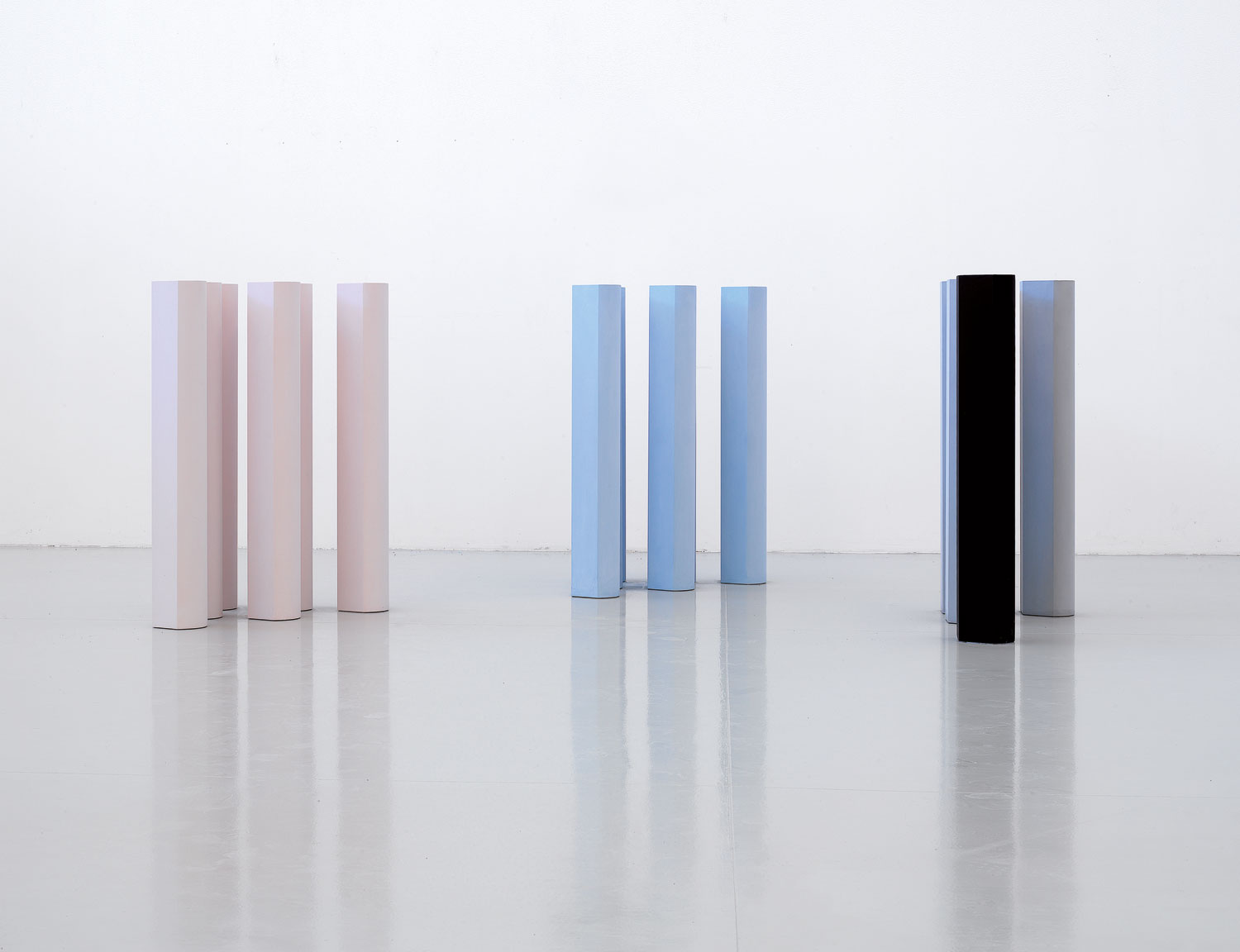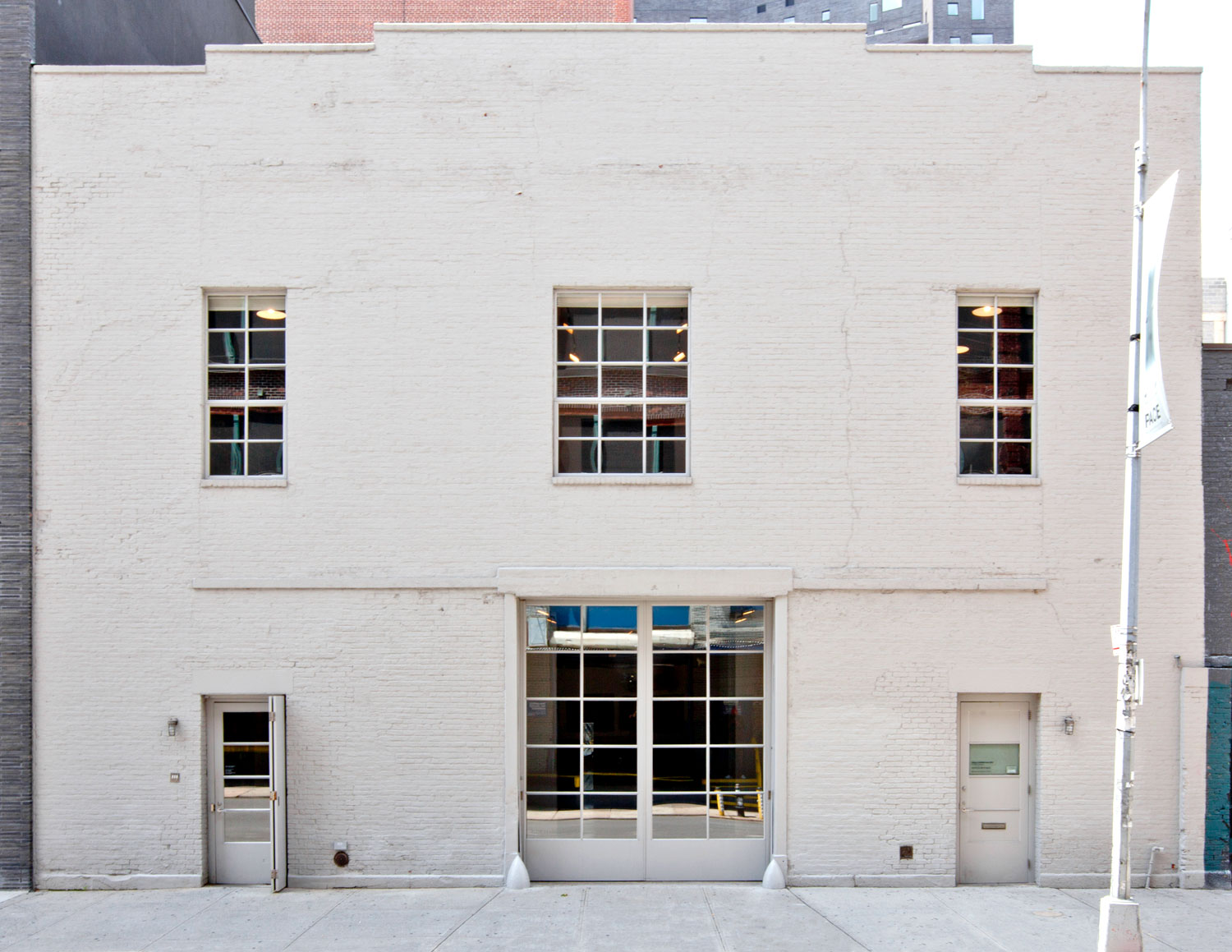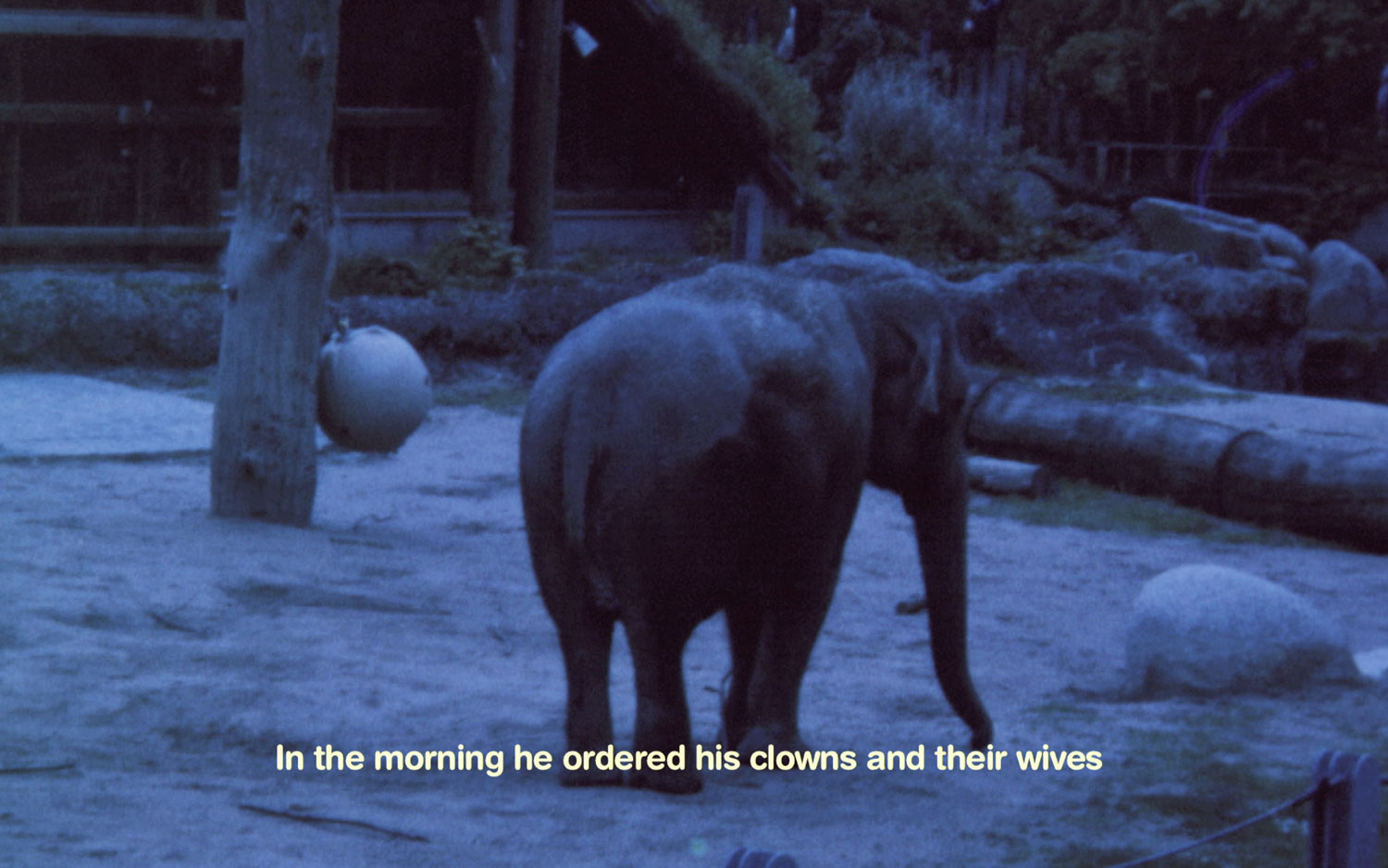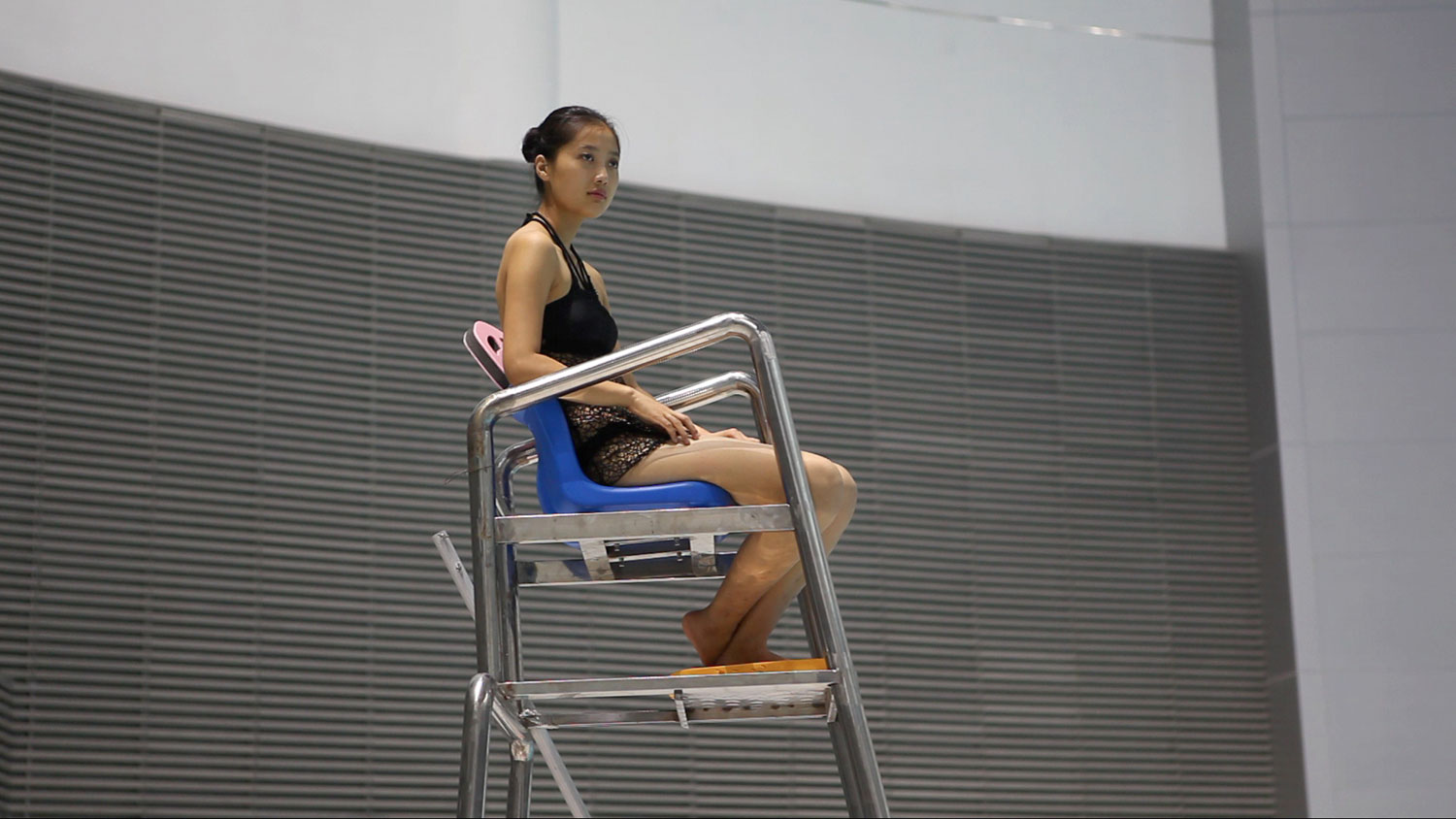Darren Flook: What links dysfunctional aircraft windows, casino carpets and the railings of London, other than their being part of your research? I am tempted to think of repetition, design or even human and technological failure, but I’m not sure this is correct. I sometimes think that certain artists are like writers: a subject is researched, a story is developed, a style and characters are applied or re-used. Then the next project begins and the research starts anew. Sometimes projects overlap, sometimes they’re picked up again at a later point, but one ends and another begins.
Ruairiadh O’Connell: I am interested in the way the unconscious can be manipulated and the way that humans can be organized or controlled by architecture and design. I take a lo-fi material approach to investigating physical forms of social control. With each new project there is an opportunity to explore techniques, designs, strategies and materials within an exhibition space. One very much informs the other. For example, the casino carpet series came from Robbie Fitzpatrick inviting me to do a one-night show for his space closing in Berlin, Mark & Kyoko. His space was his home, his bedroom. The works were made to sustain a rub, to provide relief from an ache: a gift to him and his room.
I am interested in events that affect perception, and this is taking me back into history. A two-hundred-year-old body was discovered early in 2011, found in the sand dunes of the Netherlands. For more than two centuries he laid undisturbed. A local birdwatcher, who discovered the body, led archaeologists to the scene to begin searching for clues as to the identity of the person. They suspected he was a soldier from a famous 18th-century battle. The nationality of the soldier would remain unknown if it weren’t for two other objects discovered alongside him. With research and detective work, a precise date and battle was placed onto the soldier only because of a small preserved button. Through maker’s marks and small designs, he was identified as belonging to the 2nd Regiment of Foot Guards 1799: the Coldstream Guards. Remarkably, the search has drawn up six possible names, with Nathaniel Haines and Thomas Taylor the two most likely.
A name to fit the shape of a lost soldier. A hope to fill absence. I agree with the stop/start mentality of shape-shifting from project to project. It is the adventures of the past that inspire development: what has been lost last time is a place to begin next time.

DF: There seems to be an element of chance involved in the aesthetic results of your material experimentations: how pigment reacts to hot wax, how paint acts with plaster. Color takes its own route.
ROC: I enjoy placing materials together in the hope of finding a new understanding of each component. I deliberately choose volatile materials, elements whose properties work with one another or combust, a sort of primary-school-level idea of chemistry. Where a chemical reaction occurs, then you can repeat it and find out what was going on. I want to discover the simple properties of what materials can do and how they then inform each other.
I think of relationships between materials as like human relationships. Romance does not exist — love builds relationships through shared experiences. What I want to show is that, when moments are shared, each short-lived union adds information to both of the fleetingly unified parts. Each element informs the other. I enjoy experimenting with things over which I have a limited control. I edit little in a series of work; the result is very much the accident. There seems to be so much factual content and messages already present in the topics I research that I want to build as many aspects of these as I can into the work. So it often seems too heavily loaded. I want to overload the process to create a meaningful muddle. Where the results are an amalgamation of fact, myth, hopes and misunderstandings.
DF: Romance, love, hopes, misunderstandings — this is a very emotional language for art today.
ROC: For the show at Project Native Informant in London, I was interested in how a disruption to our vestibular system caused pilots to crash. Investigators learn from recordings the traps that people fall into. It happened to the pilot flying Buddy Holly. Pilots react to illusions of control. The themes of the show came from the psychological modes that I am interested in when we are overpowered by elements out of our control. The greatest line I have read from a story is from the end of The Count of Monte Cristo: “All human wisdom is contained in these two words — wait and hope.” It feels inescapable and immediately I identify with it. The language triggers my thinking.
DF: Again you return to stories — Buddy Holly’s death or The Count of Monte Cristo. I wonder how much it matters that the audience is aware of this background thinking.
ROC: I try to include most of this information in the texts I write. Depending on the charm of the gallery space and how far I am allowed to go. Sometimes it can get confusing and points are lost or become unclear. Anyway, it is important that people get these starting points of the work. It can be difficult explaining a series of works to people in conversation, as there is so much research behind the work. And maybe I fail at that sometimes.
For one show at Project/Number in London, the text seemed too limited as a way of providing information. So I became the front man of a collaborative experimental band, the DROOIDS based in New York, that were in London doing some gigs. I wrote to them saying I was doing a show based on ancient Roman love curses and would they be interested if I sang some original curses as part of their set. They obliged, and I was able to perform two curses that were translated into English from the Greco-Roman period (332 BC – AD 395). The set lasted 28 minutes. The texts were recorded and they are still up on Project/Number’s website. Perhaps as projects develop there will be other moments I can do things like this. But it does take confidence. I was quite underprepared.

DF: I like that. What always appeals to me about being an artist is that different strategies can be employed to get an outcome. If the front door is locked, try the window. Faced with a limited text, use a band’s stage. I think it’s one of the things that allows art to remain interesting to the artist. As being an artist is one of the only jobs in the world where you get charged to go to work. Switch on the heater, it will cost you, light, it will cost you… Most of us never have to deal with that. So if there are these tools for keeping it interesting, when maybe the market or whatever are having a moment of disinterest, then it is another reason to go to work.
ROC: It’s true, and sometimes it’s easier to stay at home, but I walk my dog and it takes me an hour to get to the studio. Perhaps that is the reason why I jump around a lot in terms of the themes that interest me. There are so many places where I get a lead into some information, a start that gets my attention. I can’t have more than a few things at once as I find it hard to live with too many projects at once. I enjoy a stroll. I never really have an idea where I am going to end up next. It’s exciting. It’s what keeps my interest. Especially with materials. I don’t want to explore professional production as I feel it could be too quick to resolve a thought. I enjoy a struggle, learning how to substitute one material or technique for another. Working with second or third best solutions. I let myself down a lot.
DF: So is a “hands on” approach to materials important to you? So as not to get too fast? Too “produced”?
ROC: I meant produced in terms of a professional high-spec finish. I try and be honest in my method of production. I don’t do anything specifically deliberately — each part is a controlled accident. Chance merely exposed. One material relying on another for control — literally, so the materials are as stable as I can make them.
With the rubber prints I have made, I only have 20 minutes before the silicone starts to set. I can work fast. But it takes time for me to catch up with myself in terms of where to go next. How everything informs everything else. Each action has a knock-on effect and it takes time to work along. So the hands-on aspect matches the other parts. Lulls can be really informative: it makes me grumpy. Sometimes that stall is necessary.
DF: There is this line from an interview with David Foster Wallace: “You know, the whole thing about perfectionism. The perfectionism is very dangerous. Because of course if your fidelity to perfectionism is too high, you never do anything. Because doing anything results in… It’s actually kind of tragic because you sacrifice how gorgeous and perfect it is in your head for what it really is.” I thought about that when I was recently at the Richard Hamilton show at the Tate. Hamilton liked the mistakes, the “bad” works, as much as he liked the “good” works.
ROC: I didn’t know that about Hamilton. That’s nice. It is a tough position to take. With work sent into the world, it is always necessary to be right behind it. For work I make for a series I often don’t edit much from it. I don’t really think it is necessary to make a distinction between what is good or bad. They are just results from these formulas I develop. Each result helps inform the next result. It is the formula that is important. And, depending on what the results of the previous work were like, I start with a confidence, or it feels like there is an extra risk. There is no attempt to go near perfection. I don’t strive to make the best completed example of a work. None is equal and none is a mistake. They are just results.

